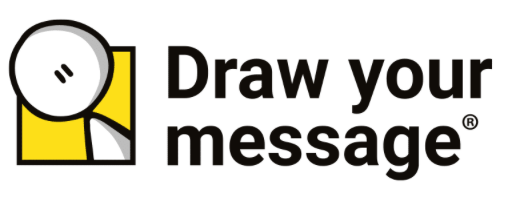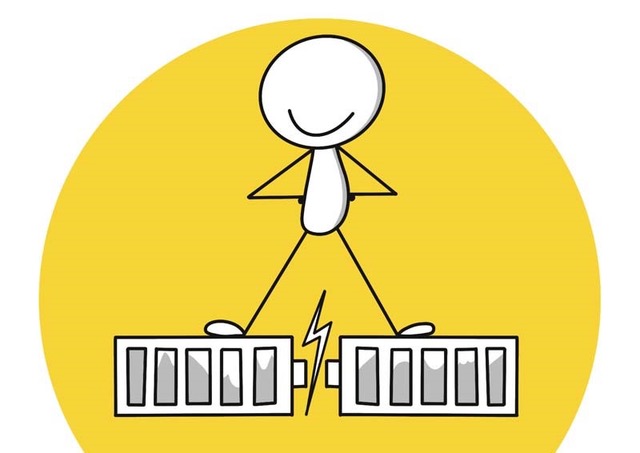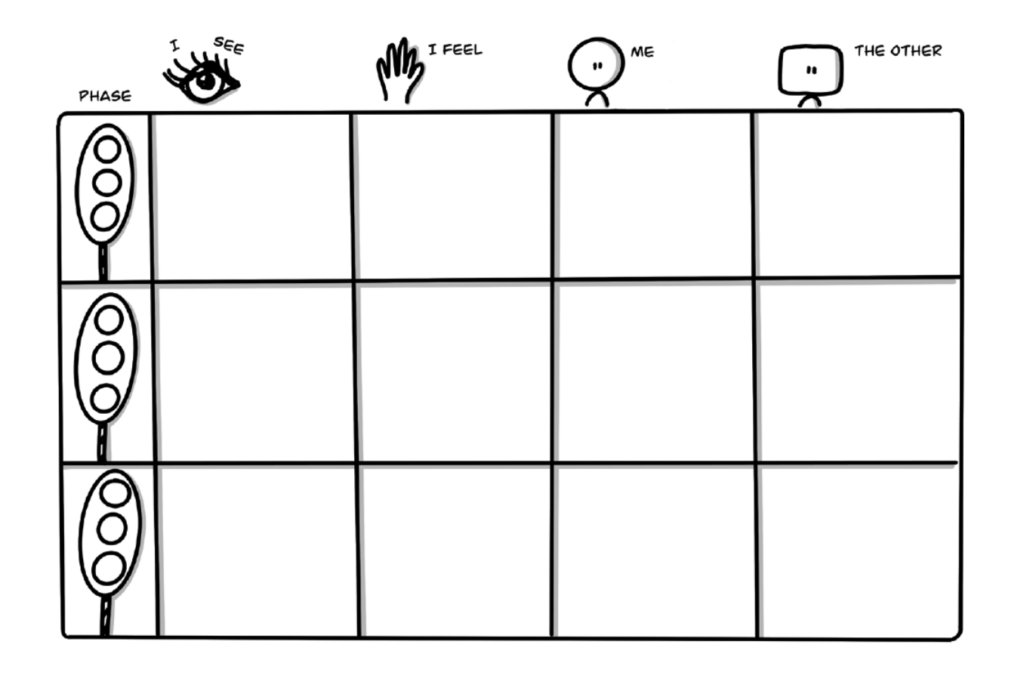
Youth protector
Youth protector
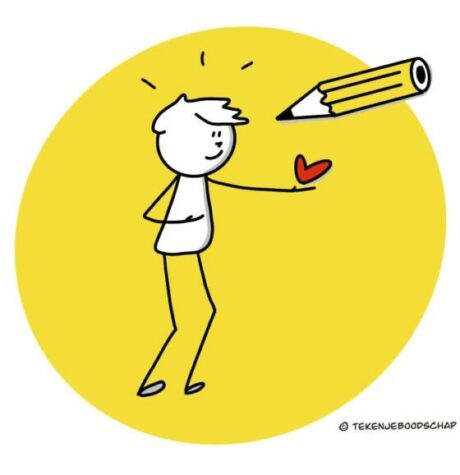
Our book ‘Conversations visualized’ used in practice by a youth protection worker.
What a wonderful message we received from Isabelle Horde! Isabelle is a youth protection worker and juvenile probation officer at the William Schrikker Foundation in Breda, the Netherlands. She sent us an email with photos of her visual communication during conversations with her clients. She wrote the following:
“I am Isabelle and I have been working as a youth protection worker for over 12 years. I have been using the templates from the book ‘Conversations visualized’ for a few weeks now. Drawing during conversations is something I have been doing for a long time, but the templates help me with a more efficient and effective preparation.
In my work, I mainly encounter children and parents who have learning difficulties, that is why I often draw during conversations to visually illustrate what I mean. The information sticks better that way, and children, or their parents, can sometimes refer to one of my drawings weeks later.
The templates from the book ‘Conversations visualized’ are very useful and provide direction and structure. They offer the possibility to prepare for a conversation, so you can immediately lay out a template that aligns with the chosen methodology. Even when you’re unsure about how to approach a topic, the book provides 101 ideas, enough to find inspiration. I notice that this quickly grabs the attention of my conversation partners and helps them stay focused.
With children and young people, it’s easy to incorporate a joke, which lightens the heavy conversations. Sometimes I draw, sometimes we draw together, and sometimes the child draws, for example, in the case of the method of the three houses by Signs of Safety.
With most children and parents, I use templates to visualize the path to the future, set goals, and depict different phases in the process. Sometimes I combine the templates or extract elements from them.
Recently, I drew a network of people in stick figures for a twelve-year-old girl and, at the end of the conversation, she concluded that there are many important people around her.
For a sixteen-year-old boy, I made a drawing to discuss his sexual development. I also put his treatment plan on paper, on which we continue to draw in subsequent conversations based on divisions (new steps and changes).
For a 4-year-old girl, I made a drawing to explain who her parents are and that she is growing up in a foster family.
I often simply attach the drawings as photos in my reports or sometimes in the minutes of a meeting. The drawings I make usually stay with the client.
During conversations or meetings, I always enjoy quickly sketching situations, and sometimes I surprise my colleagues when one of them suddenly becomes the “direct object” in one of the templates. For example, when someone is struggling with difficult considerations, or sometimes just to tease my colleagues a bit 😉.”
Isabelle sent us these photos of some of her work.
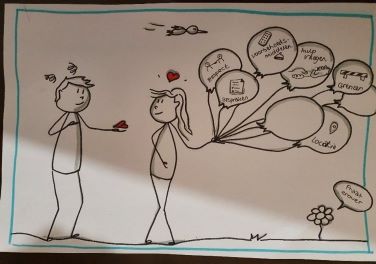
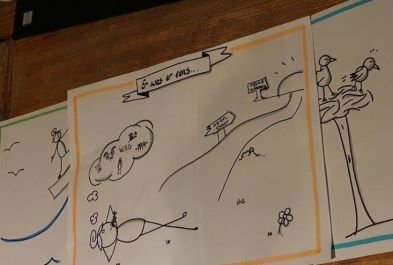
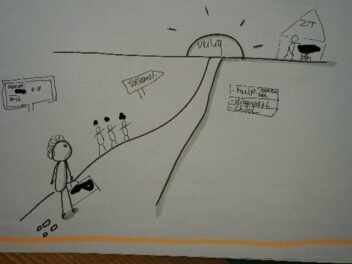
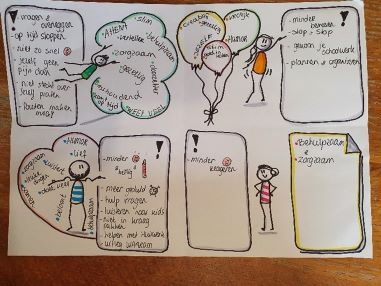
Isabelle, thank you so much for these wonderful examples! Hopefully, they will inspire many others! It’s truly beautiful and of course invaluable to use drawing this way, especially with a target group like yours!
Discover the power of visual communication with Draw Your Message
By using simple, expressive drawings, you can effectively convey your message. Business drawing, also known as visual communication, is a method that is becoming increasingly popular.
